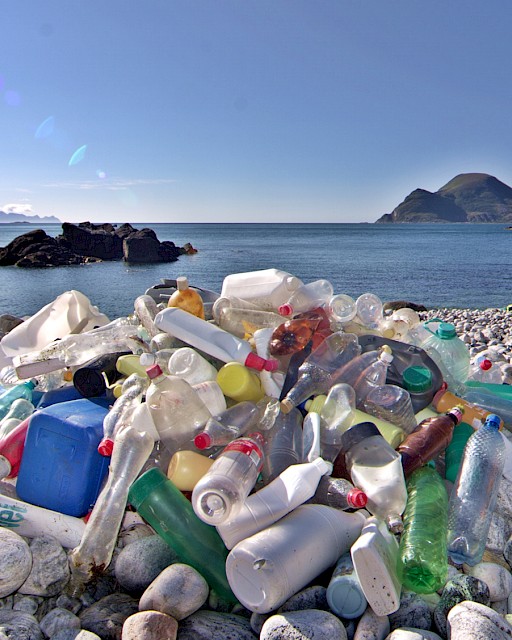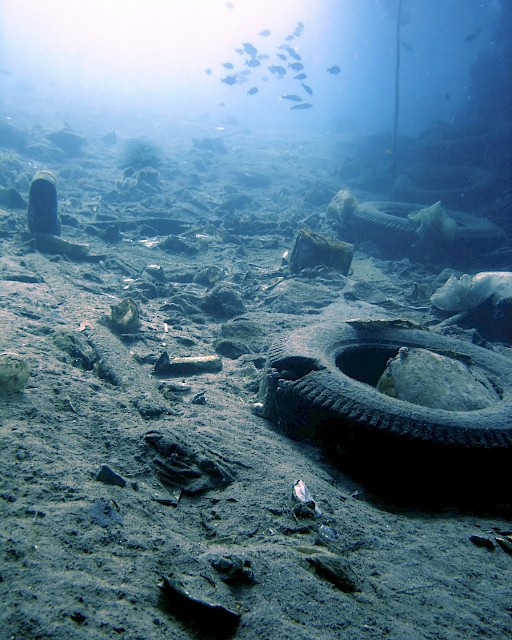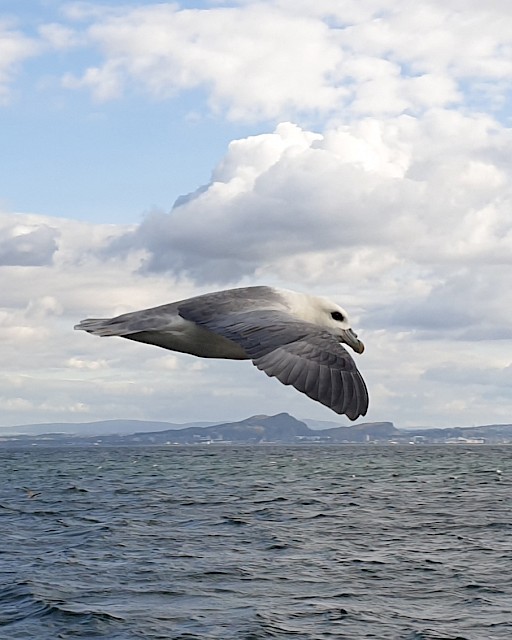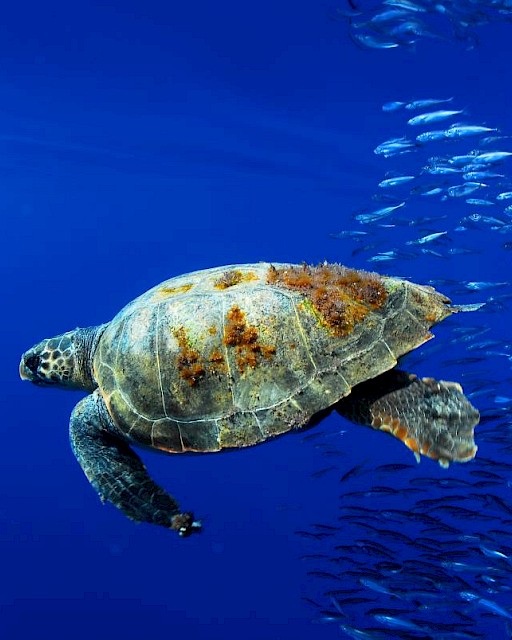Monitoring & assessing marine litter
OSPAR Litter Monitoring
Monitoring and assessment of marine litter is a key part of OSPAR’s work both in support of the 2nd Regional Action Plan on Marine Litter and more generally as a contribution to wider state of the environment reporting. ICG-ML has oversight of the marine litter monitoring and assessment work and has a strong interest in ensuring close alignment between evidence and policy. As part of the Quality Status Report (QSR) 2023, ICG-ML developed a “thematic assessment”, combining results from the indicator assessments with other information including on the effectiveness of measures. For those Contracting Parties who are European Union (EU) Member States the QSR will, wherever possible, deliver outputs that are compatible with Marine Strategy Framework Directive reporting requirements in order to minimise the reporting efforts of Member States in 2024. It will, moreover, have a wider geographic scope reflecting the extent of the OSPAR Maritime Area. OSPAR marine litter experts are part of the EU Technical Group on Marine Litter ensuring that methods are aligned and used in the wider European and global context.
Marine Litter Indicator Assessments
OSPAR currently assesses beach litter, seabed litter, plastic particles in fulmar stomachs, and litter ingested by sea turtles as common indicators. These allow the abundance, trends and composition of marine litter in the OSPAR Maritime Area to be determined for different marine components (coast, seafloor and floating) and gives also an indication of the extent marine species are impacted. The latest assessments on marine litterwere published as part of the QSR 2023.
Development of an indicator for microplastics in sediment continues.
Threshold values
OSPAR has agreed threshold values for the assessment of beach litter and plastic particles in Fulmar stomachs.
The threshold value for plastic particles in Fulmar stomachs was agreed in 2020. It states that there should be less than 10% of northern fulmars (Fulmaris glacialis) having more than 0.1g plastic particles in the stomach over a period of at least 5 years in samples of at least 100 birds. The latest indicator assessment (2019) found that 51% of beached North Sea fulmars have more than 0,1g of plastics in their stomachs, exceeding the Fulmar threshold value.
The OSPAR threshold value for beach litter, of 20 litter items per 100 meters of coastline, was agreed in 2023. This corresponds with the beach litter threshold value agreed by the European Union. The rationale for the EU’s threshold value is set out in a technical report from the Joint Research Centre, A European Threshold Value and Assessment Method for Macro Litter on Coastlines (2020), prepared by the MSFD Technical Group on Marine Litter (TG ML). It was concluded by TG ML that a threshold value cannot be based on quantitative ecological and socio-economic harm due to a lack of scientific data on harm caused by marine litter on beaches. The proposed EU threshold was based instead on the 15th percentile value of the 2015-16 EU baseline data set. The value was considered by experts from TG ML to reduce harm from beach litter to a sufficiently precautionary level.
The median beach litter total count in the OSPAR Area over the period from 2018 to 2020 is 252 items/100 m. OSPAR has agreed ambitious targets to reduce commonly found single-use plastic items and maritime-related plastic items on beaches by 50% by 2025 and by 75% by 2030, compared to a 2016 baseline.




